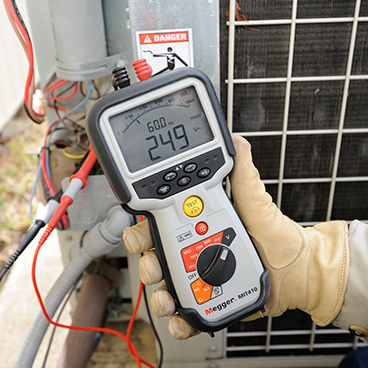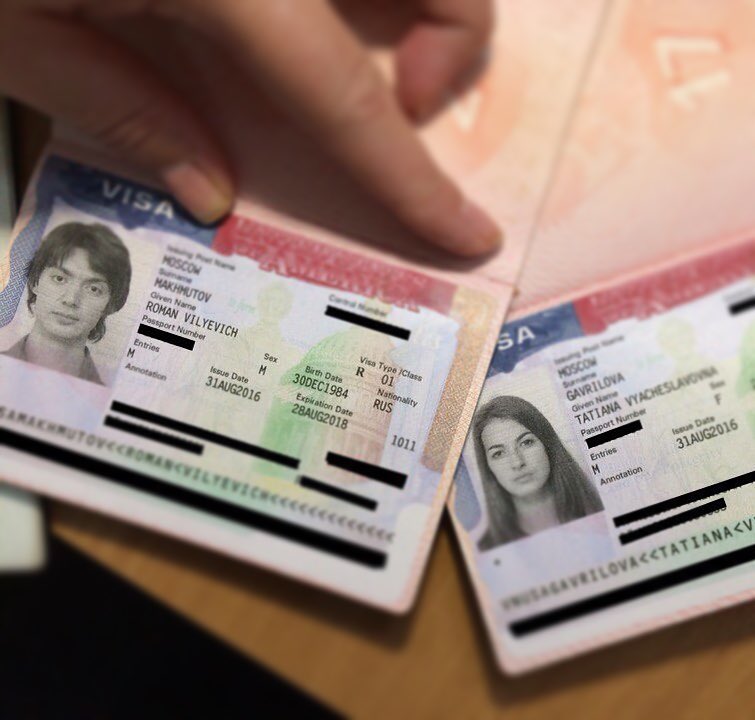Insulation testing is an important activity when it comes to the electric equipments. To carry the current in individual conductors, they should be insulated to each other and avoiding any contact between them. It is same like you want to transport water to other place. But you use pipe for that. Pipe is a like an insulation to the water and any leak will lead to problems. Same is the case with the electrical equipments. If two windings or terminal touch each other due to insulation failure, it will lead to short circuit. Let’s discuss this in more detail as how we do the insulation testing.
Insulation Testing
We generally check the insulation between the conductors. Also between the conductor and earth too. Insulation resistance is a quite an important concept, and needs to be taken and understood properly.
Insulation resistance of more than 1 MΩ is good and below that means it is slowly decaying. Insulation resistance is affected by lot of factors like:
- Temperature
- Humidity
- Mechanical and Electrical Stress
- Vibrations
- Chemical, oil, dirt and age of the material
Insulation material chosen should be that it is least affected by the above factors. Some of the common material chosen for being as an insulation material are like mica, fiber glass and PVC. As per the classification society, any insulation material is able to withstand temperatures up to 45 degree Celsius without change in the properties.
Testing
As we discussed earlier we usually measure insulation between:
- Conductors
- Conductors and Earth
- For measuring insulation resistance, we often use megger (shown in below diagram). It uses voltage of around 500 V DC to check it. Steps are as follows.
- Make sure that you are clear of the equipment to be checked, as 500 Volts is a deadly voltage.
- Make sure that the equipment to be checked is properly isolated and disconnected. DO NOT DO INSULATION TESTING ON LIVE EQUIPMENTS WITH MEGGER.
- Connect the terminals to the equipment (make sure contact points are cleaned).
- Connect terminal between conductors or one to earth as per you need.
- Make sure the megger shows zero before usage.
- Select the MΩ value in megger.
- Press the test button. Before careful not to touch any parts of it and the equipment.
- Note town the reading.

Insulation testing using a megger
Note: Insulation Testing should be done at hot temperature like 35+ degree Celsius as this will show the true reading of insulation. At higher temperatures insulation are more accurate.
For an electrical motor, the IR can be checked for different windings. It should be done in the way for the separate terminals.
Class of Insulation
Insulations have been divided in various classes as per the Temperature they operate on. Below are the classes:
- Class A for maximum temperature of 55 Degree Celsius
- Class E for Max Temp of 70 Degree Celsius
- Class B for Max Temp of 80 Degree Celsius
- Class F for Max Temp of 105 Degree Celsius
- Class H for Max Temp of 130 Degree Celsius
- Class C for Max Temp of more than Degree Celsius
So the insulation class of electrical equipment is decided as per the operating temperature or rise it will be subjected too.


